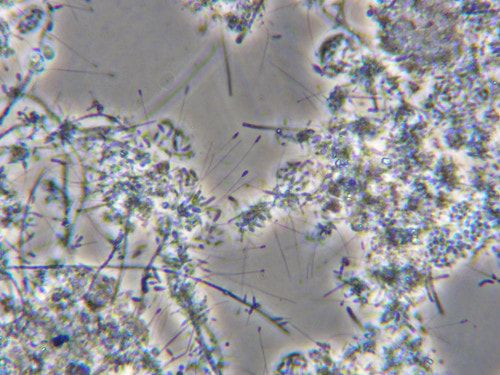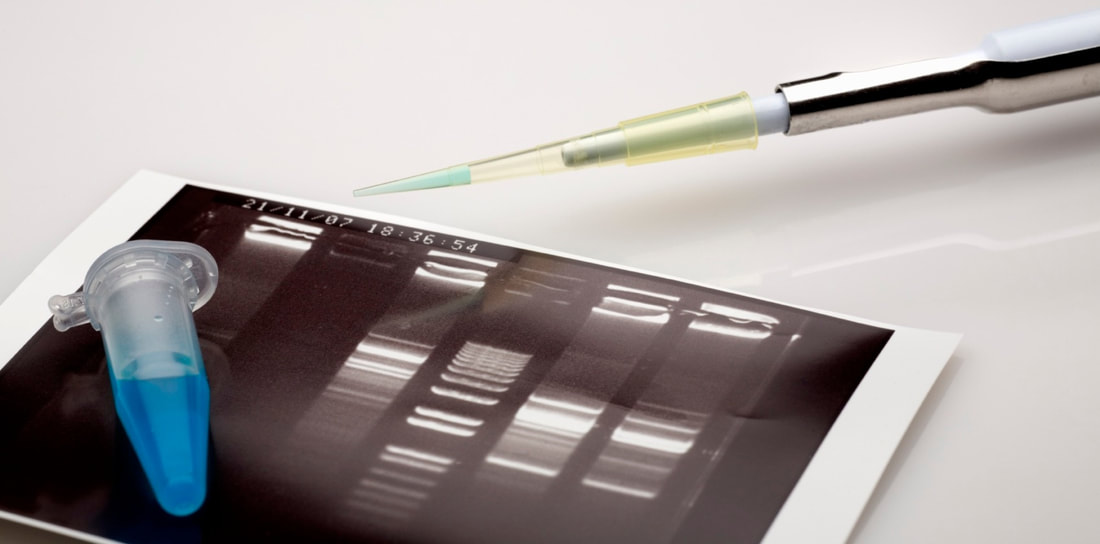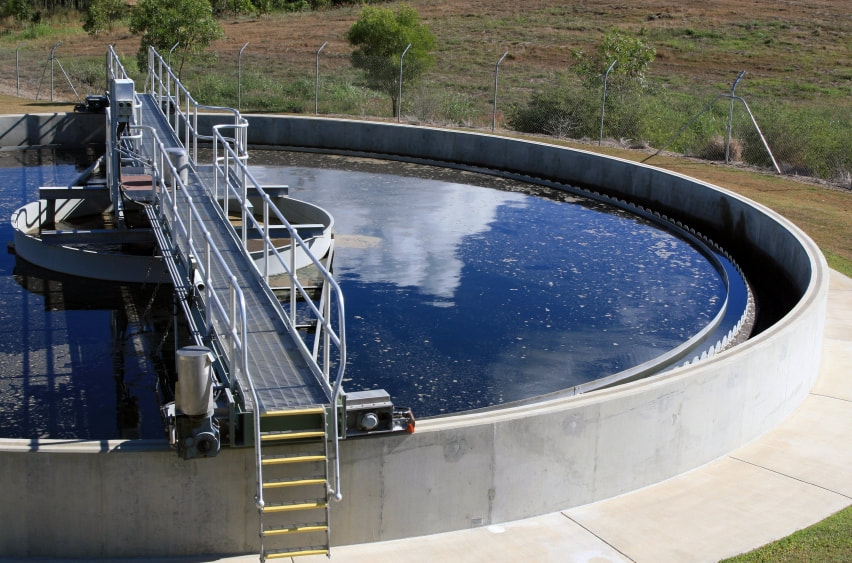- Temperature 10 - 40 Deg C
- pH 6.0 - 8.5
- Salinity 0 - 33,000 ppm
A recent paper found a new type of archaea living in a rift zone volcano with temperatures between 90 - 109 Deg C and a pH of 0. I don't think we would see this organism in most wastewater facilities, but it is a good read on life at the extremes.
https://www.nature.com/articles/s41598-019-44440-8






 RSS Feed
RSS Feed